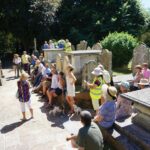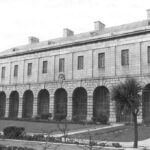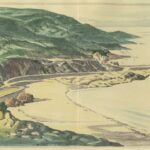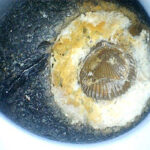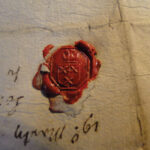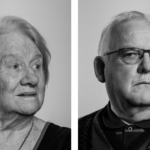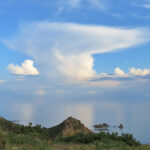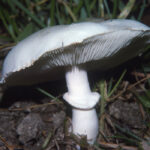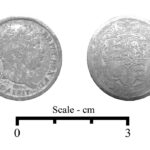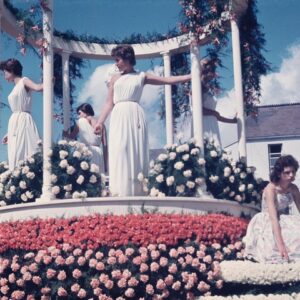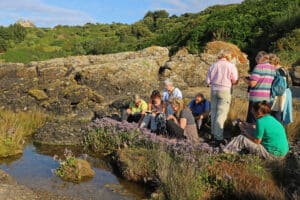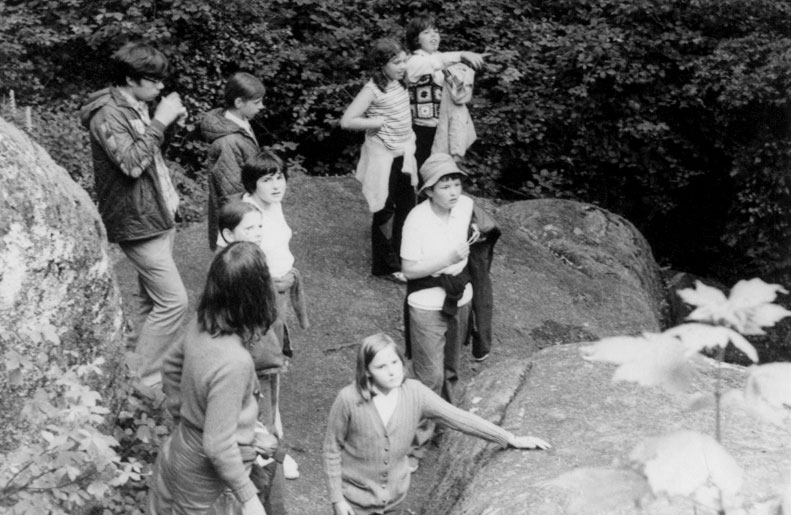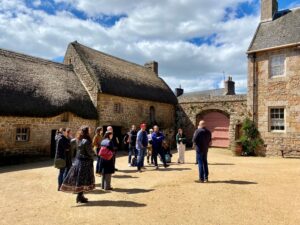In the early 18th century Havre des Pas was rural in character and almost entirely undeveloped, though the tracks that were later to become Green Street, Roseville Street and St Clements Road were in place. The medieval chapel on Green Street stood in isolation, and the patchwork of land parcels seen on the early maps was under cultivation.
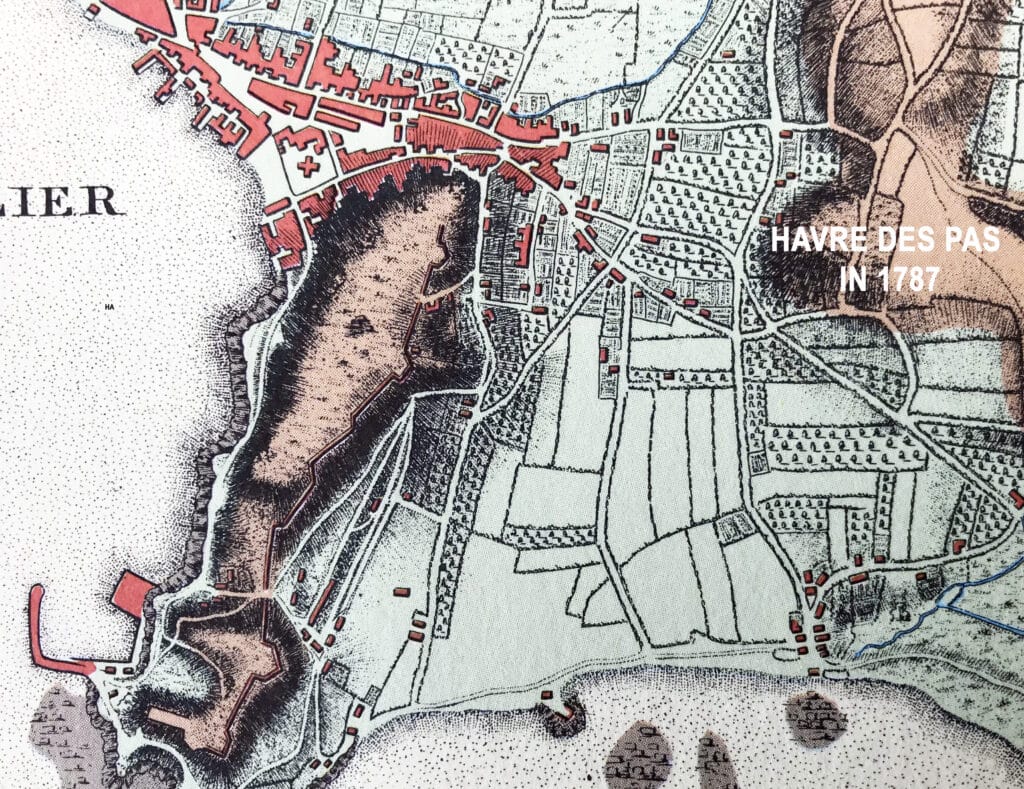
But by the end of the century ship-building had become well-established, and clusters of cottages had grown up around Le Dicq and at the foot of Mount Bingham in support of the maritime industries. This period of modest residential development continued into the early 19th century, but not at the same frenetic pace as in the St Helier town centre. Much of the open land between the three main roads was used for market gardening, supplying fresh fruit and vegetables.
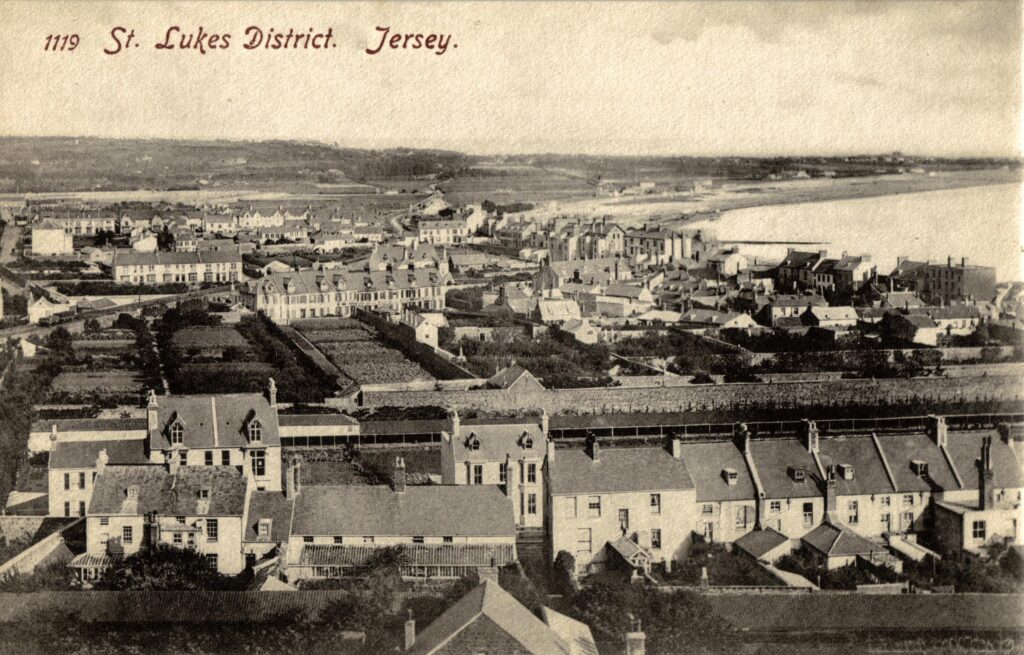
While many of the cottages and elegant houses of the 18th and 19th centuries survive, speculative development of a different architectural character eventually took hold in the late 19th century. Havre des Pas, with its sheltered and picturesque bay, was also well placed to cater for the emerging tourist industry. It is the exceptional quality of the late Victorian cottages, villas and terraced houses that give Havre des Pas its distinctive character, complementing the evidence of its earlier history. The Eastern railway, opened in 1873 and closed in 1929, left its mark on the area, as did the distinctive architectural contribution made by the variety of houses built in the early 20th century.
This illustrated talk explores these and other themes, and celebrates the unique contribution that Havre des Pas makes to the Island’s history and built heritage.
For more information check out our Eventbrite.
Stuart Fell
Architecture Section
Chair
